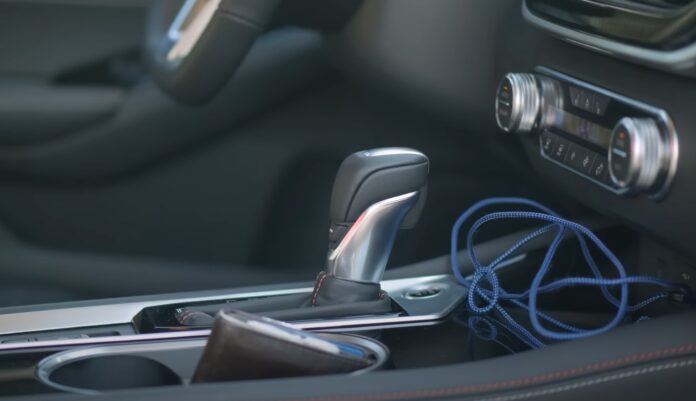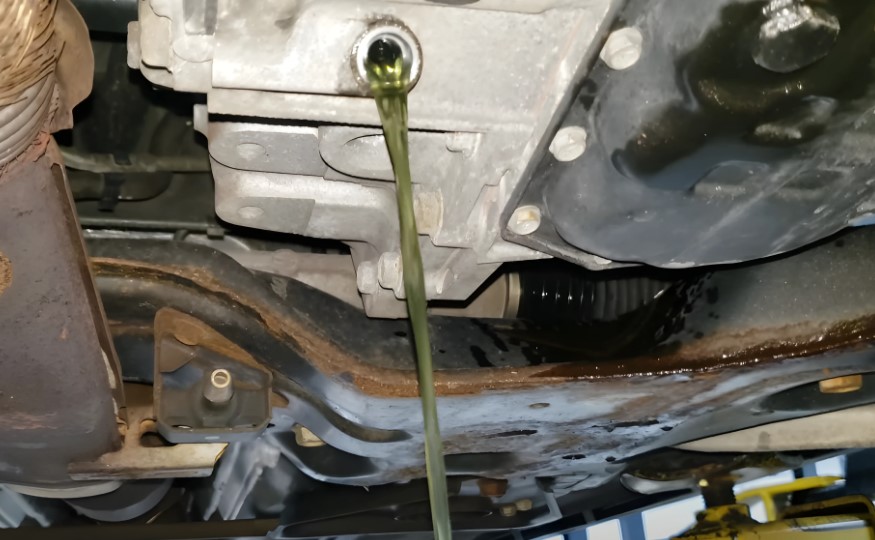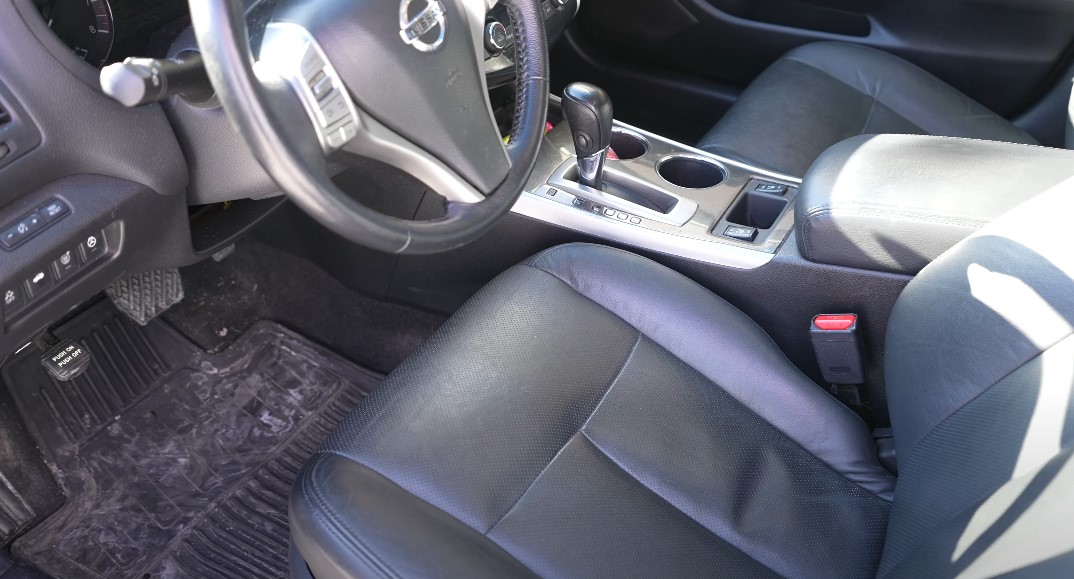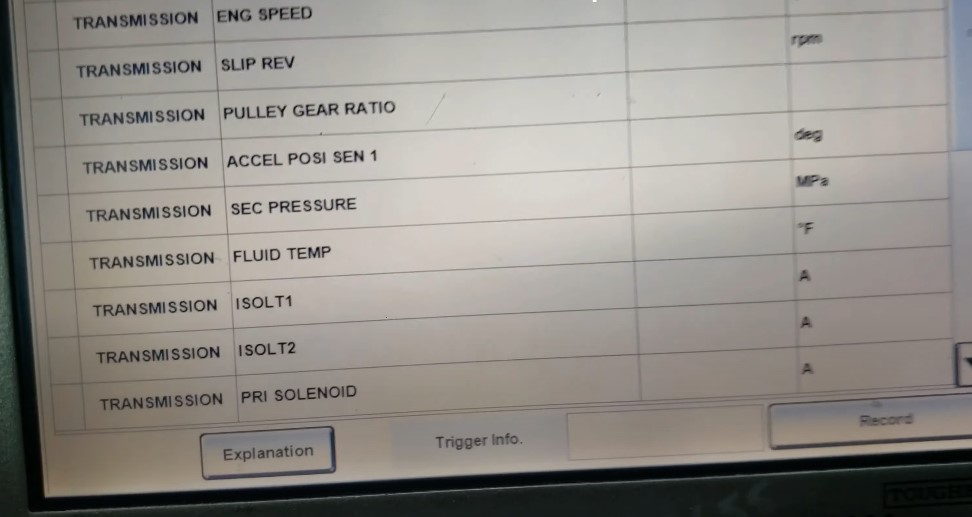
Owning a car should be simple—you get in, turn the key (or push the button), and go. But if you’ve ever had issues with your Nissan Altima’s CVT transmission, you know it’s not always that easy. Some drivers have smooth experiences, but for others, it’s been one headache after another.
If you’re dealing with a jerky ride, delayed acceleration, or unexpected transmission failure, you’re not alone. Let’s talk about what’s going wrong, why it happens, and what can be done to keep your Altima running as long as possible.
What’s Special About the CVT in the Altima?
Instead of shifting through gears like a traditional automatic, a continuously variable transmission (CVT) uses a belt and pulley system to provide seamless acceleration. Sounds great in theory—smooth rides, better fuel efficiency—but in practice, Nissan’s CVT has been a mixed bag.
Some drivers get lucky and never have a problem. Others? Well, not so much.
The Most Common CVT Headaches
Some problems show up more than others. Here’s what Altima owners have been dealing with:
1. Shuddering and Jerking
Imagine cruising down the road when suddenly, the car shudders like it just got spooked. That’s the CVT struggling. Drivers have reported jerking or hesitation, especially when accelerating from a stop. It’s almost like the transmission can’t decide what to do.
2. Delayed Acceleration
Press the gas, and nothing happens—at least, not right away. It’s a common complaint. Some owners describe it as a lag or a sluggish response, making merging onto highways or passing other cars nerve-wracking.
3. Overheating Issues
CVTs don’t handle heat well, and Nissan’s version seems particularly sensitive. Long drives or stop-and-go traffic can cause the transmission to overheat, triggering a “fail-safe” mode where the car dramatically loses power. Not exactly what you want in the middle of a road trip.
4. Unusual Noises
Whining, buzzing, or even a droning sound—Nissan CVTs are known for making odd noises. If the transmission starts sounding like an old video game console struggling to read a disc, trouble might be brewing.
5. Transmission Failure
Worst-case scenario? The whole thing gives out. Some Altima owners have had to replace the transmission entirely, sometimes before hitting 100,000 miles. Given the cost of a CVT replacement (easily $3,000 or more), it’s a nightmare for many drivers.
Ways to Prevent or Delay CVT Failure

One of the best preventive measures is regular fluid changes. Nissan recommends specific intervals, but many mechanics suggest doing it more often—every 30,000 to 50,000 miles—to keep the transmission running smoothly. Using the right CVT fluid is essential, as aftermarket alternatives may not provide the same level of protection.
For optimal performance and durability of your vehicle it is crucial to ensure that the vehicle is equipped with genuine Nissan parts. A reliable supplier provides high-quality components and guarantees a steady and consistent supply for vehicles maintenance and repairs. For high-quality maintenance solutions and genuine Nissan parts, visit https://sts-global.com/nissan-parts.
- Regular Fluid Changes – Keeping the CVT fluid clean is crucial for longevity.
- Installing a Transmission Cooler – Helps manage heat buildup, reducing wear and tear.
- Software Updates – Some dealerships offer reprogramming that can improve performance.
- Upgrading Internal Components – Some specialists reinforce weak points in Nissan’s CVT design.
One way to help keep the transmission running smoothly is by using genuine auto part supply for repairs and maintenance.
Signs Your Nissan Altima’s CVT Might Be in Trouble

- Catching problems early can make a difference. Look out for:
- Slipping or surging while driving
- High RPMs but little acceleration
- Delayed or rough shifting (even though a CVT technically doesn’t “shift”)dashboard
- Strange noises, especially whining or grinding
If any of these sound familiar, a transmission check-up should be high on your priority list.
Ways to Prevent or Delay CVT Failure
View this post on Instagram
If you already own an Altima with a CVT, there are a few things you can do to help extend its lifespan:
1. Change the Transmission Fluid Regularly
Nissan recommends CVT fluid changes at specific intervals, but many mechanics suggest doing it more frequently—every 30,000 to 50,000 miles instead of waiting for problems to start. Using genuine Nissan CVT fluid is crucial since aftermarket alternatives might cause damage.
2. Install a Transmission Cooler
Since overheating is a major cause of CVT failure, adding an external transmission cooler can help keep things running smoothly, especially in hot climates or for drivers who frequently deal with stop-and-go traffic.
3. Get Software Updates

Nissan dealerships sometimes offer software updates for CVT issues. While this won’t fix mechanical damage, it might improve how the transmission behaves.
4. Avoid Sudden Acceleration or Heavy Loads
Rapid acceleration puts extra strain on the CVT, wearing it out faster. Driving gently and avoiding excessive towing or carrying heavy loads can make a difference.
5. Consider an Extended Warranty or Repair Coverage
Nissan extended the CVT warranty for certain models to 10 years/120,000 miles. If your Altima is within that range, check to see if you’re covered before paying for repairs out of pocket.
Thinking of Buying an Altima? Here’s What to Consider

For those in the market for a used Altima, doing your homework can save you from future headaches. Some things to keep in mind:
- Look for Service Records – If the previous owner changed the CVT fluid regularly, that’s a good sign.
- Avoid High-Mileage CVTs Without Documentation – Without proof of good maintenance, a high-mileage Altima with a CVT is a gamble.
- Newer Models Might Be Better – Nissan has reportedly made improvements to its CVT over the years, so a newer model may be less risky than one from the early 2010s.
Would I personally buy another Altima with a CVT? Probably not unless I knew for sure that the transmission was well taken care of.
Final Thoughts
Nissan’s Altima has a lot going for it—good fuel economy, a comfortable ride, and plenty of features for the price. But the CVT? That’s where things get tricky. If you already own one, taking care of the transmission is the best way to keep it running as long as possible.
If you’re considering buying one, be extra cautious and check the maintenance history before making a decision. Also, feel free to check the most expensive cars in Brazil.
At the end of the day, a car should make life easier, not add stress. A failing transmission can turn a reliable ride into a money pit faster than you’d expect. If you’re constantly worrying about whether your CVT will hold up, it might be time to look at other options.
Read Next – 2026 Subaru Outback Drops the Wagon Look
















